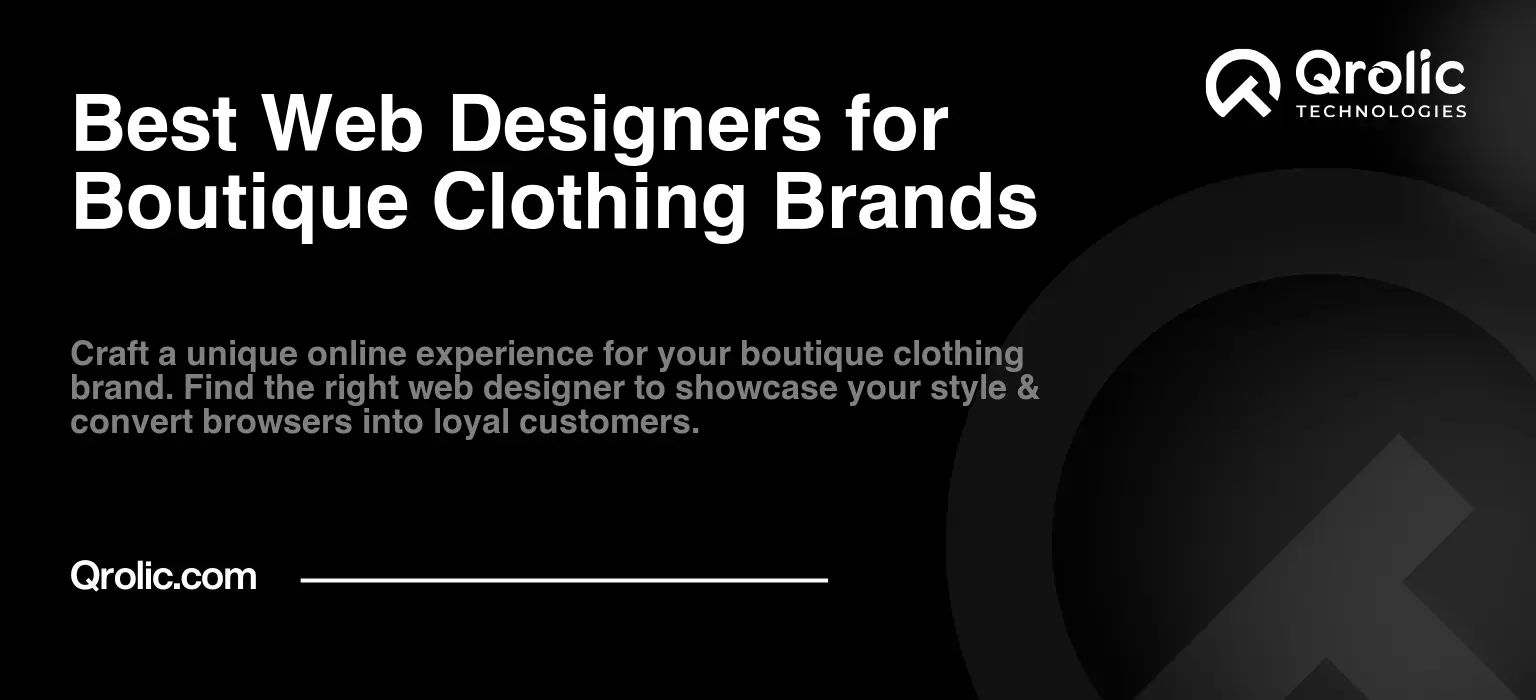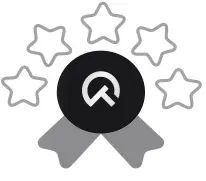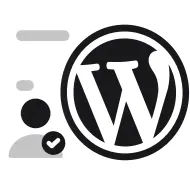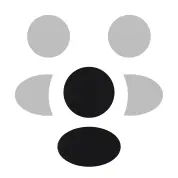Finding the perfect web designer for your boutique clothing brand isn’t just about getting a pretty website; it’s about crafting an online experience that captures the essence of your brand and converts browsers into loyal customers. In today’s digital-first world, your website is often the first – and sometimes only – interaction potential customers have with your business. So, how do you choose a web designer that understands the unique needs of a boutique clothing brand? This guide dives deep, exploring everything from the essential elements of a great boutique clothing website to how to find the right web designer to bring your vision to life.
Quick Summary:
- Your website needs stunning visuals and easy navigation.
- Essential features: great products, secure checkout, brand story.
- Define your brand, then choose a designer who understands it.
- Collaborate closely for your dream website.
Table of Contents
- Why a Great Website is Crucial for Boutique Clothing Brands
- First Impressions Matter: Visual Appeal and Branding
- User Experience: Making it Easy to Shop
- Building a Community: Beyond Just Sales
- Key Features of a Successful Boutique Clothing Website
- High-Quality Product Pages
- Easy and Secure Checkout Process
- Brand Storytelling and About Us Section
- Effective Search Functionality
- Blog and Content Marketing
- Social Media Integration
- Customer Support
- Finding the Right Web Designer for Your Boutique Clothing Brand
- Step 1: Define Your Brand and Website Goals
- Step 2: Research Potential Web Designers
- Step 3: Request Proposals and Have Discovery Calls
- Step 4: Evaluate and Choose the Best Fit
- Working With Your Chosen Web Designer
- Provide Detailed Information and Feedback
- Regular Communication and Check-Ins
- Be Open to Suggestions and Ideas
- Test Thoroughly Before Launch
- Why Choose Qrolic Technologies for Your Boutique Clothing Brand’s Web Design?
- Conclusion: The Investment in Your Brand’s Digital Future
Why a Great Website is Crucial for Boutique Clothing Brands
Boutique clothing brands often operate with a distinct identity, catering to a specific niche or customer base. Unlike large retailers, boutiques typically focus on curated collections, unique designs, and a personalized shopping experience. A website for a boutique brand needs to reflect this same level of thoughtfulness and attention to detail. It’s not just about selling clothes; it’s about selling a lifestyle, an aesthetic, and a feeling.
First Impressions Matter: Visual Appeal and Branding
A well-designed website acts as a digital storefront. It’s the first point of contact for many potential customers, and it needs to make a strong, positive impression. Your website’s visual appeal must align with your brand’s aesthetic. If you sell minimalist, contemporary pieces, a cluttered, outdated website will send the wrong message. Conversely, if your brand is whimsical and colorful, a sterile, uninspired design will fail to connect. Key components to consider here include:
- High-Quality Photography: Professional, well-lit, and styled product photos are essential. Customers can’t touch or try on clothes online, so the images are what they rely on.
- Consistent Branding: Use your brand’s logo, color palette, and fonts consistently throughout the website. This helps build brand recognition and trust.
- Aesthetic Cohesion: Every element of your website, from the layout to the micro-interactions, should contribute to a cohesive and pleasing overall aesthetic.
User Experience: Making it Easy to Shop
A visually stunning website is only half the battle. It also needs to be easy to use and navigate. A frustrating shopping experience can quickly turn potential customers away, no matter how much they love your clothes. Here are some crucial user experience (UX) elements to consider:
- Intuitive Navigation: Customers should be able to find what they’re looking for quickly and easily. Clear menus, categories, and search functionality are must-haves.
- Mobile-Friendliness: Most online shoppers browse on their mobile devices. Your website must be responsive and provide a seamless experience on all screen sizes.
- Fast Loading Speeds: slow websites can be incredibly frustrating. Optimize your images and code for fast loading speeds.
- Clear Call-to-Actions: Make it obvious what actions you want your users to take, whether it’s adding items to their cart, subscribing to your newsletter, or reaching out for support.
Building a Community: Beyond Just Sales
Your boutique clothing website can be more than just a sales platform; it can be a place to build a community around your brand. Features like blog posts, customer reviews, and social media integration can help foster engagement and loyalty. By providing valuable content and opportunities for interaction, you can create a stronger connection with your customers. This translates to increased brand advocacy and repeat purchases.
Key Features of a Successful Boutique Clothing Website
A successful boutique clothing website combines visual appeal, user-friendliness, and strategic features to drive sales and build a strong brand presence. Let’s break down some of the must-have elements:
High-Quality Product Pages
Product pages are where the magic happens. They need to showcase your clothes in the best possible light, providing all the information a customer needs to make a purchase. Here are the key components of an effective product page:
- Multiple High-Resolution Images: Show your garments from different angles, and consider including detail shots and lifestyle photos.
- Detailed Descriptions: Provide accurate and comprehensive descriptions of each item, including materials, sizing, care instructions, and fit information.
- Size Charts: Include clear and easy-to-understand size charts to minimize returns due to incorrect sizing.
- Customer Reviews: Enable customers to leave reviews and ratings. Social proof can heavily influence purchasing decisions.
- Related Products: Suggest related items to encourage additional purchases.
- Add to Cart Button: Prominently display a clear and compelling “Add to Cart” button.
Easy and Secure Checkout Process
A complicated checkout process can lead to abandoned carts and lost sales. Streamlining the checkout process is crucial to maximizing conversions. Here are some best practices:
- Guest Checkout Option: Allow customers to checkout as a guest without creating an account.
- Multiple Payment Options: Offer a variety of payment options, such as credit cards, debit cards, PayPal, and other popular payment gateways.
- Clear Shipping Information: Provide clear shipping costs and estimated delivery times.
- Secure Payment Processing: Ensure your website is secured with an SSL certificate and that all payment processing is handled securely.
- Order Tracking: Provide customers with order tracking information so they know where their purchase is and when to expect it.
Brand Storytelling and About Us Section
Boutique brands thrive on their unique story and vision. Use your “About Us” section to connect with customers on a more personal level. Share your brand’s history, values, and inspiration. This can help build a stronger emotional connection and foster brand loyalty. Here are some elements to include:
- Your Brand’s Narrative: Share your journey, what inspired you to start your brand, and what sets you apart.
- Your Mission and Values: Articulate your brand’s mission and the values that drive your business.
- Behind-the-Scenes Content: Offer a glimpse into your design process, manufacturing, or sourcing practices.
- Founder Bio: Include a bio or a short introduction about the person behind the brand.
Effective Search Functionality
As your product catalog grows, customers need to be able to find what they’re looking for easily. A robust search functionality is a must-have. Ensure that your search function is accurate and returns relevant results based on keywords. Consider adding filters to refine search results by size, color, style, and more.
Blog and Content Marketing
Regularly publishing blog posts related to fashion trends, style tips, or your brand’s story can attract potential customers and drive organic traffic. Use your blog to engage with your audience, position yourself as a thought leader in your niche, and improve your website’s SEO.
Social Media Integration
Integrate your website with your social media channels, and make it easy for customers to share their favorite products. This can help boost your brand’s visibility and drive traffic back to your website. Include social media icons on your website, embed social feeds, and use social sharing buttons on your product pages.
Customer Support
Provide excellent customer support to build trust and loyalty. Include clear contact information, such as an email address, phone number, or a contact form. Consider adding a live chat feature for immediate support.
Finding the Right Web Designer for Your Boutique Clothing Brand
Choosing the right web designer is crucial for the success of your online business. Here’s a step-by-step approach to finding the perfect partner:
Step 1: Define Your Brand and Website Goals
Before you start searching for web designers, it’s essential to have a clear understanding of your brand and your website’s objectives. Answer these questions:
- What is Your Brand Identity? What is the overall aesthetic of your brand? (minimalist, bohemian, vintage, etc.) What are your brand colors, fonts, and logo?
- Who is Your Target Audience? Who are you trying to reach with your clothing brand? What are their style preferences, age ranges, and spending habits?
- What are Your Website Goals? What do you want your website to accomplish? (Increase sales, build brand awareness, foster community engagement, etc.)
- What Features Do You Need? Which of the key features mentioned earlier are most important to your brand?
Step 2: Research Potential Web Designers
Once you have a clear understanding of your needs, you can begin researching potential web designers. Consider these avenues:
- Portfolio Review: Look for designers with a strong portfolio of work that is in line with your brand’s aesthetic. Focus on designers who have worked with fashion brands or e-commerce businesses.
- Client Testimonials: Look for feedback and testimonials from previous clients. This can give you an insight into the designer’s work ethic, communication style, and ability to meet deadlines.
- Specialization: Does the designer specialize in e-commerce websites or websites for fashion and apparel?
- Budget: Determine your budget early on, and try to find designers that offer services within your range. Be realistic about costs – quality design is an investment.
- Platform Expertise: Does the designer have experience with platforms you are considering, such as Shopify, WooCommerce, Squarespace, etc.?
Step 3: Request Proposals and Have Discovery Calls
Once you have shortlisted a few web designers, reach out to them and request a proposal that outlines their design process, estimated timeline, and pricing. Schedule discovery calls with each designer to discuss your project in more detail and to determine if they are a good fit. Here are some questions to ask during these calls:
- What is your design process? How will you approach my project?
- What is your communication style? How often will we communicate, and through what channels?
- What is your understanding of the needs of boutique clothing brands?
- Can you provide references from previous clients?
- What are the expected timelines and deliverables?
- What are the costs associated with the design process, and are there any ongoing maintenance costs?
Step 4: Evaluate and Choose the Best Fit
After you’ve had your discovery calls and reviewed their proposals, it’s time to evaluate your options. Focus not just on the technical skills, but also on the following:
- Communication: Is the designer responsive, communicative, and easy to work with?
- Understanding of Your Brand: Does the designer understand your vision and brand aesthetic?
- Creativity and Design Sensibility: Does their portfolio and approach showcase a level of creativity and attention to detail that matches your brand’s standards?
- Budget and Value: Do they offer a good balance between cost and quality?
Once you’ve carefully evaluated your options, choose the designer who you feel is the best fit for your brand. It is often helpful to see a contract in place to solidify project scope and expectations.
Working With Your Chosen Web Designer
Once you’ve chosen your web designer, you need to actively participate in the process to ensure you get the website you envision. Here are some key steps in the collaboration process:
Provide Detailed Information and Feedback
The more information you provide about your brand and your vision, the better the web designer will be able to understand your needs. Be clear and concise, and provide detailed feedback throughout the design process.
Regular Communication and Check-Ins
Maintain consistent and clear communication with your web designer. Have regular check-in meetings to review progress, give feedback, and address any concerns. This will ensure that the project stays on track and that you’re happy with the results.
Be Open to Suggestions and Ideas
Your web designer is a professional with expertise in their field. Be open to their suggestions and ideas. They may have insights or perspectives that you haven’t considered.
Test Thoroughly Before Launch
Before launching your new website, ensure that you thoroughly test all features, functionality, and user experience across different devices and browsers.
Why Choose Qrolic Technologies for Your Boutique Clothing Brand’s Web Design?
At Qrolic Technologies (https://qrolic.com/), we understand the unique needs of boutique clothing brands. We don’t just build websites; we craft digital experiences that capture the essence of your brand and connect with your target audience. Here’s why we’re the ideal partner for your web design needs:
-
Experience and Expertise: We have years of experience building e-commerce websites for fashion and apparel brands. We understand the unique challenges and opportunities in this industry. Our team is well-versed in the latest design trends and best practices for e-commerce.
-
Customized Solutions: We don’t believe in one-size-fits-all solutions. We take the time to understand your brand, your target audience, and your specific business goals. We then create a customized web design strategy that perfectly aligns with your needs.
-
Focus on Visual Storytelling: We know that visuals are crucial in the fashion industry. We excel at creating visually appealing websites that showcase your clothing in the best possible light. We emphasize high-quality photography, clean layouts, and consistent branding to create a cohesive and captivating online experience.
-
User-Centric Design: We put the user first, focusing on creating websites that are not only beautiful but also easy to navigate and user-friendly. Our designs are intuitive, mobile-friendly, and optimized for conversion.
-
SEO-Friendly Websites: We understand the importance of SEO in driving organic traffic to your website. We optimize our websites for search engines so that your brand can be easily found by your target audience. We implement strategic keywords, optimize page load times, and build high-quality backlinks.
-
Ongoing Support and Maintenance: We don’t just build your website and leave you to your own devices. We provide ongoing support and maintenance services to ensure your website continues to perform at its best. We offer technical support, regular updates, and optimization services.
-
Scalable Solutions: We design websites that are built to scale with your business. Whether you’re just starting out or experiencing rapid growth, we create websites that are adaptable and can evolve with your brand.
We are more than just a web design agency; we are your strategic partner in building a successful online presence for your boutique clothing brand. Contact us today to learn more about how we can help you achieve your online goals.
Conclusion: The Investment in Your Brand’s Digital Future
In the competitive world of boutique clothing brands, a strong online presence isn’t just an advantage; it’s a necessity. Your website is the cornerstone of your digital strategy and a direct reflection of your brand. By investing in a well-designed website crafted by the right web designer, you’re investing in the future success of your business. Remember that the right web designer is someone who understands your brand, your vision, and your unique needs. Take your time, research thoroughly, and choose a designer who is not just skilled, but also a true partner in your brand’s success. By following these guidelines, you can create a boutique clothing website that not only looks stunning, but also converts visitors into loyal customers.






